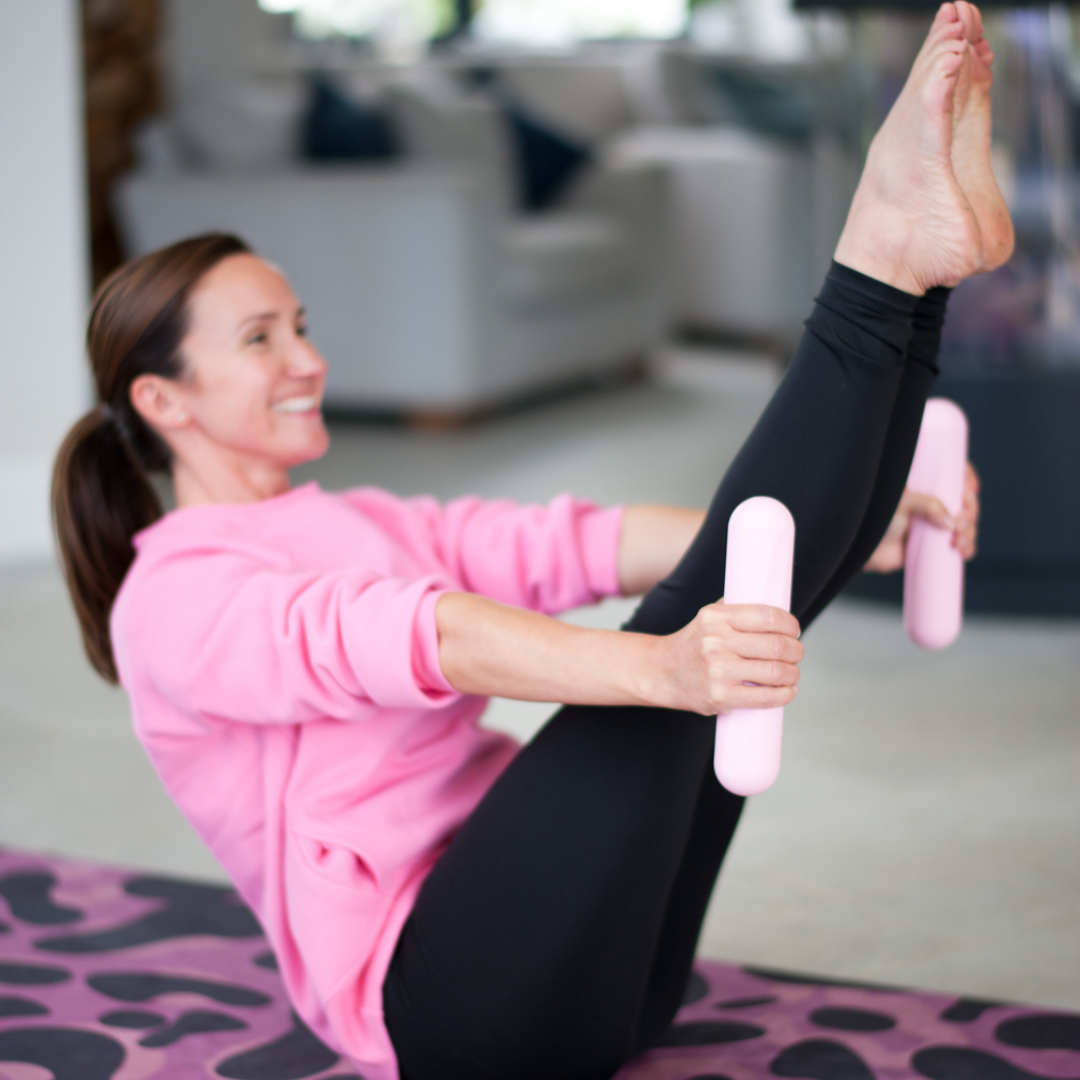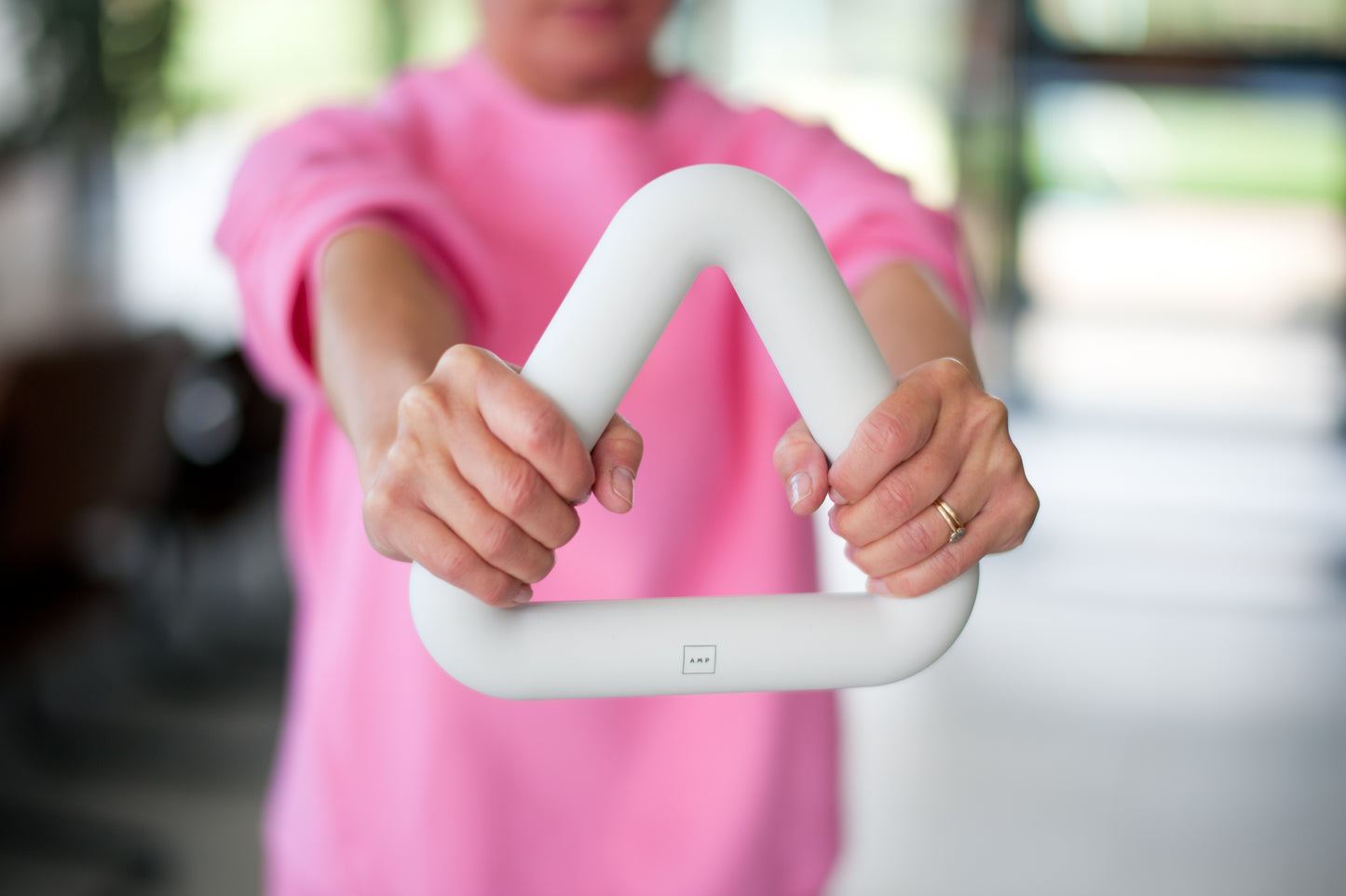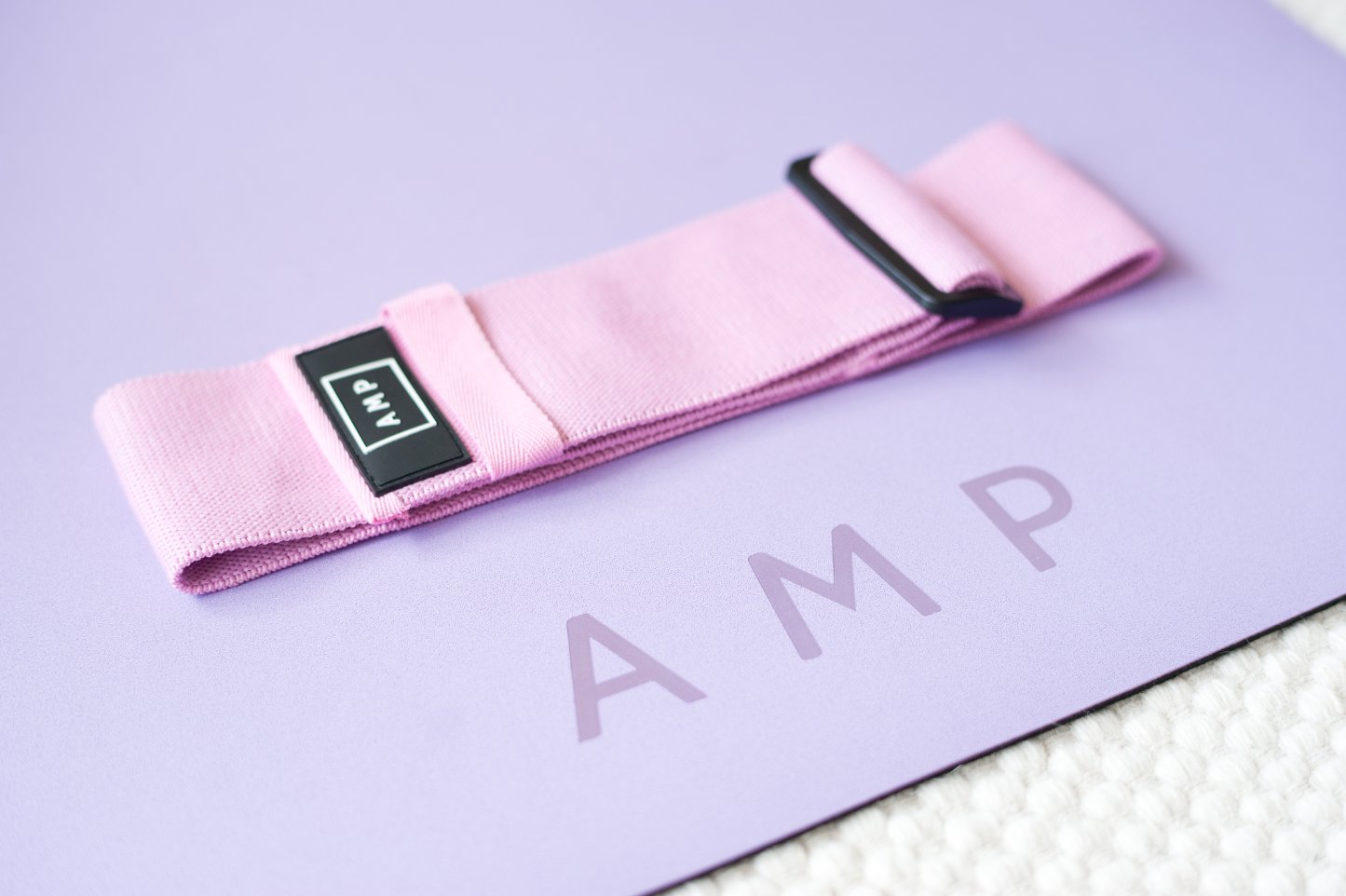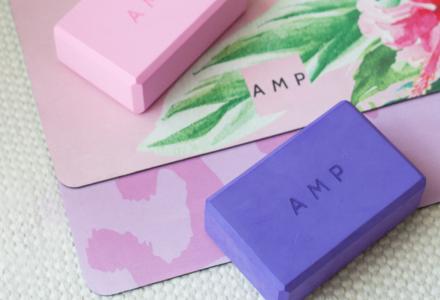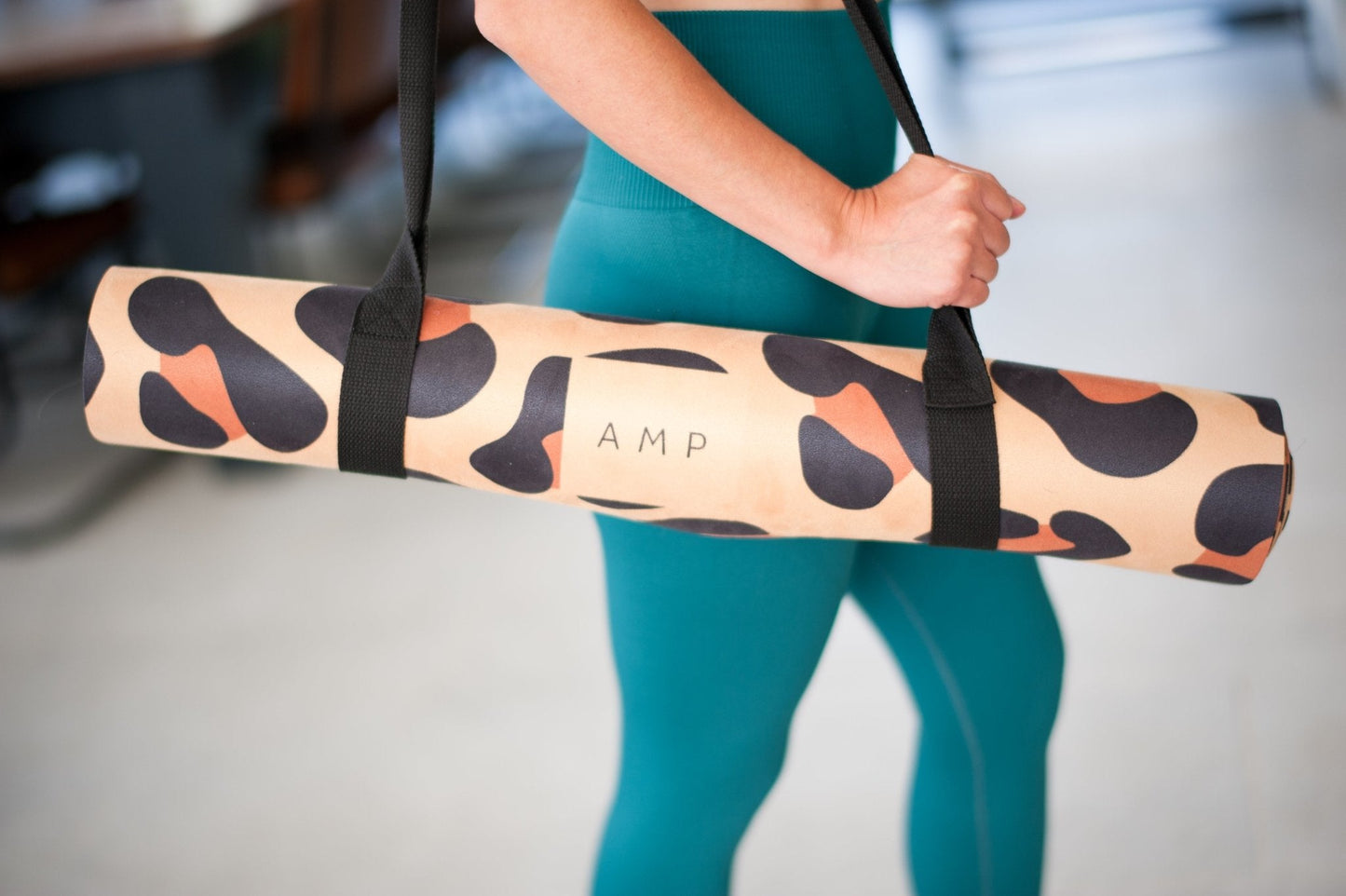This store requires javascript to be enabled for some features to work correctly.
Our fitness, wellbeing and lifestyle edit.
What Are Core Sliders, Exactly?
Core sliders are small disk-like exercise accessories that can add an extra level of challenge and diversity to your standard home workout routine. Core sliders are commonly designed from tough plastic (or try our beautiful bamboo discs),featuring a smooth slide si...
Having strong, toned arms can significantly boost your appearance and body confidence. With summer in full swing and shorter sleeves becoming the norm, you might be wondering how to tone your arms quickly and effectively. Achieving those sculpted arms doesn't have to be a daunting task, and with ...
Enhancing your fitness journey is not only about the exercise, workouts and energy that you put into your sessions. It is also about how you then rest, recover and optimise the health of your body to be able to make the most out of your workouts. The purpose of this is to improve the quality of t...
We love our vegan suede yoga mats (hello leopard print), they are supportive, grippy, soft and durable. With a thermal ink-based dye finish, you can ensure the colour depth and print will stay and with regular cleaning and maintenance, you can keep your yoga mat in optimal condition for many year...
Written by Sarah Best, Find UR Fit
When we think about exercising we might think of improving our fitness or building muscle, but what about our brains! Exercise is crucial for maintaining brain health + reducing the risk of cognitive decline, particularly for women in midlife experiencing hormo...
Elevate your abs workouts and take your fitness to the next level with weighted core workouts. At amp we are committed to helping you achieve your fitness goals from the comfort of your own home. Today we are looking at core workouts and the benefits of adding weights to increase resistance and s...








